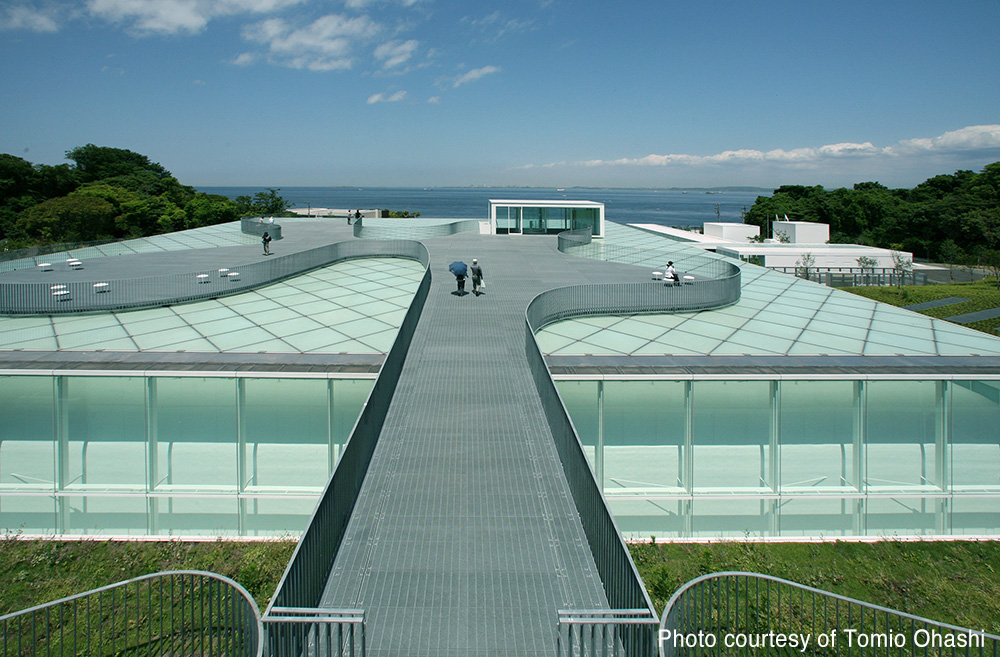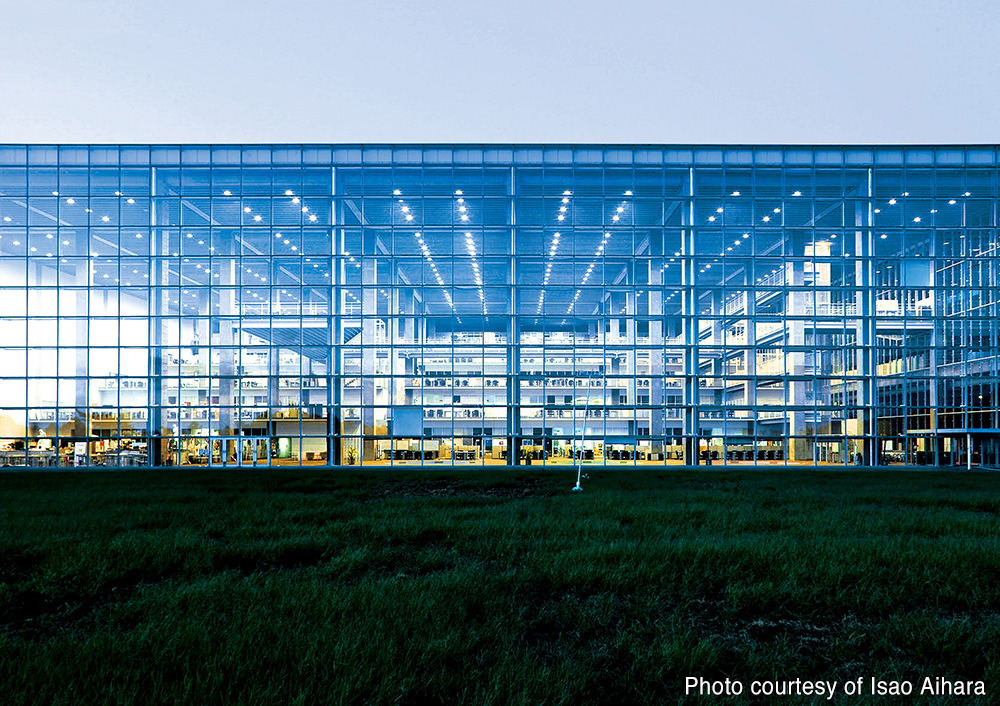The US-based Hyatt Foundation's Tuesday announcement has made Yamamoto, 78, the ninth Japanese to receive the award. He follows in the footsteps of renowned architects such as Tange Kenzo, Ando Tadao and Isozaki Arata, among others.
Born in Beijing in 1945, Yamamoto studied architecture at Nihon University and Tokyo University of the Arts before founding Riken Yamamoto & Field Shop in 1973. He has designed numerous structures ranging from private houses to large public buildings over the ensuing half century.
Among his most notable works are the Yokosuka Museum of Art in Kanagawa Prefecture, Future University Hakodate in Hokkaido and the Circle — a multipurpose complex — in Zurich, Switzerland.


Yamamoto's designs are characterized by their embrace of open spaces. He often employs extensive use of glass in outer walls to make buildings' interiors more visible.
In its announcement, the Hyatt Foundation said architecture should create conditions in cities that multiply opportunities for people to interact.
It noted, "By carefully blurring the boundary between public and private, Yamamoto contributes positively beyond the brief to enable community."
Yamamoto said he was surprised by the award, as he had always believed that his architecture, with its strong social advocacy, would not attract the Hyatt Foundation's attention.
Fostering a sense of community
Yamamoto strives to use the power of architecture to enable people in a community to help each other rather than just live in the same area.
Yamamoto cites the Hiroshima Nishi Fire Station in Hiroshima City, completed in 2000, as an example.
The use of glass on the exterior of the eight-story fire station allows people outside to view the firefighters at work.

Yamamoto says, "I thought people in the community would feel relieved if they could see firefighters training and preparing for disasters. I think the fire station has been recognized as an example of how to make public buildings — even those that require a higher degree of privacy — more open to their communities."
Houses that cherish privacy and community
Yamamoto has also designed many residential buildings in his half-century career.
Among the most famous is Pangyo Housing near Seoul. It features multiple complexes containing around 10 housing units each.
The units have large entrance halls with glass walls that face common areas. They're designed to encourage interaction among residents.

Yamamoto says, "Traditional houses worldwide were built to let people share a sense of community. But personal privacy became valued in the modern era and today's houses reflect this sentiment. I believe we can cherish both a sense of community and individual privacy if we make designs with that in mind. I have proposed such architecture and I think the prize's foundation appreciated that."
Architecture that enhances disaster reconstruction
Yamamoto, together with fellow Pritzker Architecture Prize laureate Ito Toyo, helped build meeting places for people affected by the March 2011 earthquake and tsunami.
Yamamoto designed the Home-For-All in Heita, which is located in a temporary housing complex in Iwate Prefecture's Kamaishi City.
The facility, completed in 2012, features a kitchen that allows residents to enjoy cooking and drinking together.
Yamamoto says he's planning to visit areas hit by the January Noto Peninsula earthquake to speak with local residents and architects. He says, "Reconstruction work should reflect the kind of town residents want to make. Architects can aid this effort. I think there's a way to rebuild a town that keeps alive past memories by cherishing the scenery and community. I'd like to consider how to achieve such reconstruction together with local residents."

